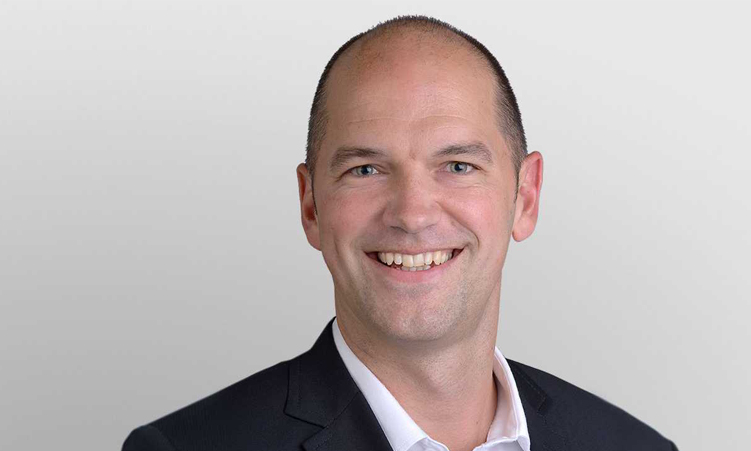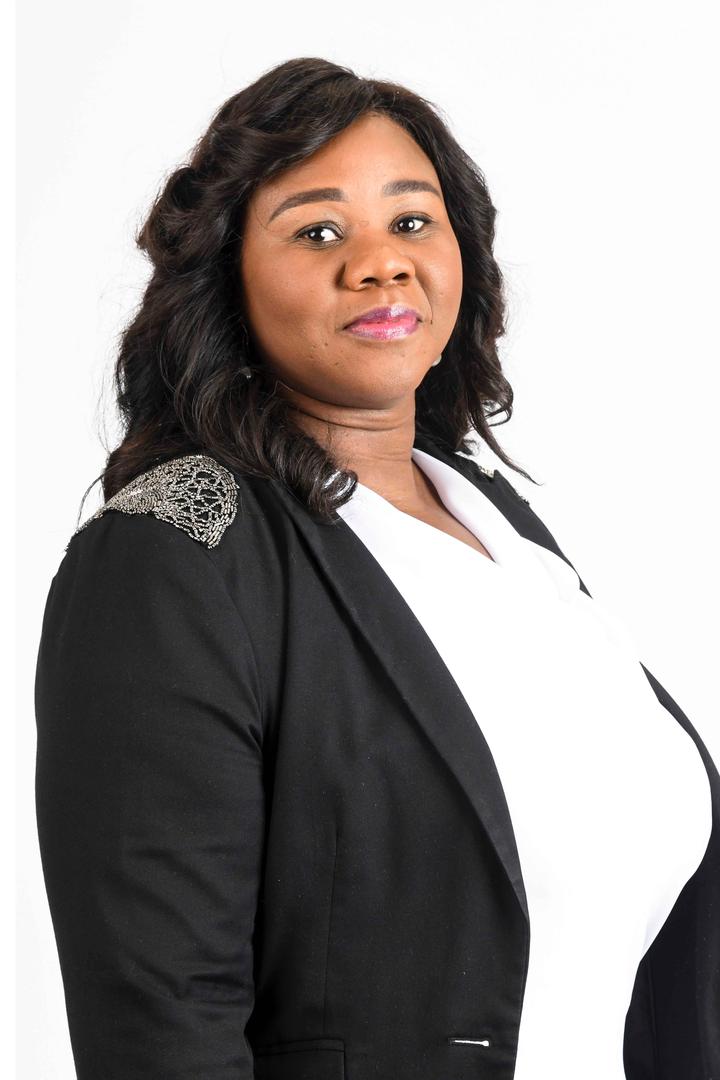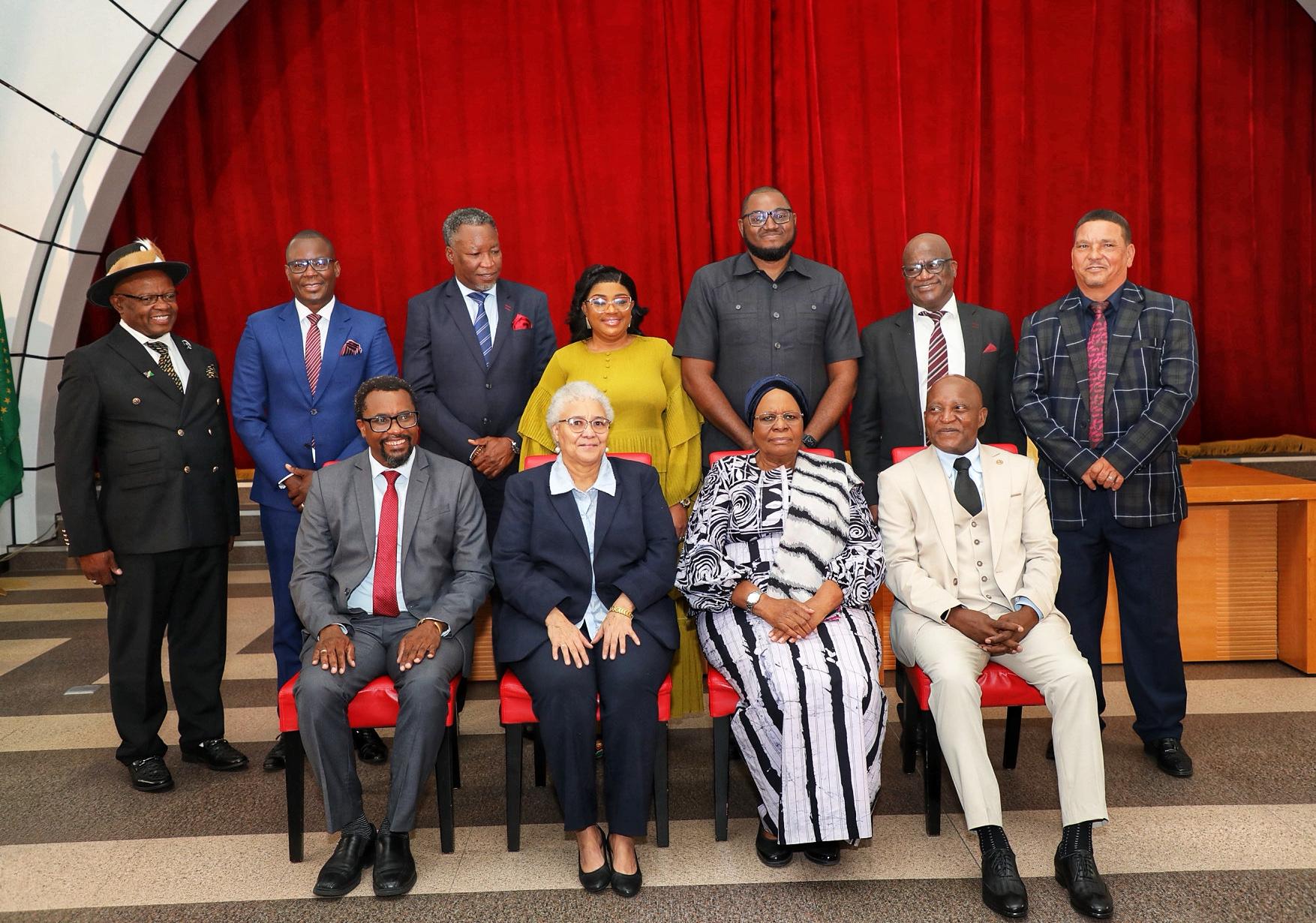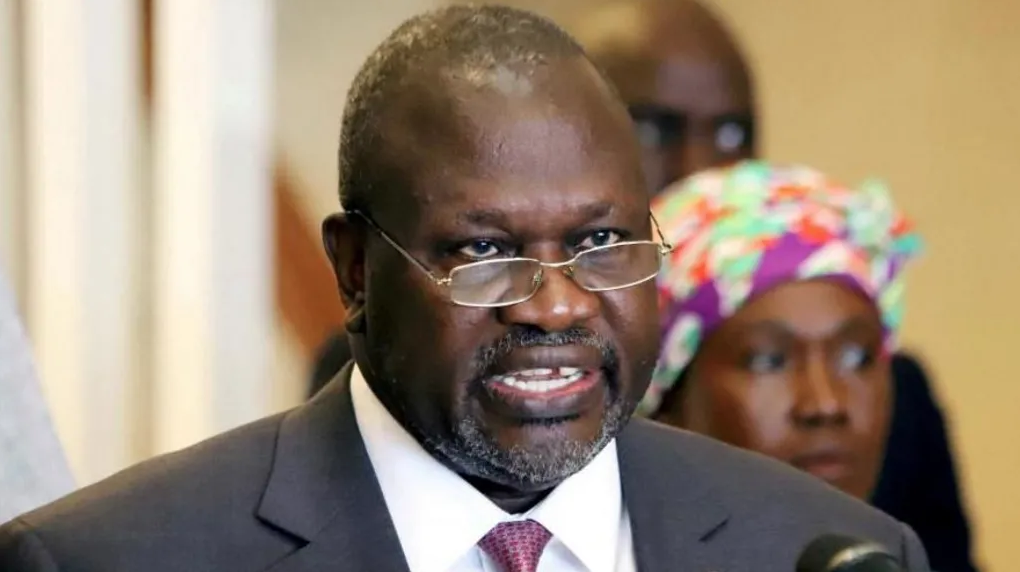Austalia has banned children under the age of 16 from using social media.
The move has been met with some criticism, particularly from companies like Meta – which owns Facebook and Instagram – and TikTok, which will face fines of up to US$32 million if they fail to keep young people off their platforms.
But Australia’s new policy represents a critical step towards protecting children in the 21st century.
All societies – and the states that serve them – have a responsibility to protect their children from harmful addictions. And addiction is exactly what social media companies are trying to cultivate.
As Facebook’s founding president, Sean Parker, revealed in 2017, the process of building the platform was guided by a simple question: “How do we consume as much of [users’] time and conscious attention as possible?”
The answer these firms reached lay in “exploiting a vulnerability in human psychology”: The desire for social validation.
THE ‘DOPAMINE HIT’ FACTOR
Essentially, Parker explained, social media platforms were designed to deliver hits of dopamine – a neurotransmitter that plays a role in addiction – through socially validating likes, comments, views and shares.
The more people engage with the platform, the more dopamine hits they receive. The result is a “social-validation feedback loop” that keeps users hooked.
“God only knows what it’s doing to our children’s brains,” a regretful Parker lamented.
Chamath Palihapitiya – another former Facebook executive whose “tremendous guilt” spurred him to speak out against social media – has an idea.
“You don’t realise it,” he told an audience at Stanford in 2017, “but you are being programmed.”
Deciding how (and how much) to use social media is tantamount to deciding how much “intellectual independence” one is “willing to give up”.
But many users – particularly children – are not equipped to make informed or healthy choices about social media, not least owing to those addictive feedback loops.
According to the World Health Organisation’s (WHO) Regional Office for Europe, problematic social media use – characterised by addiction-like symptoms, such as an inability to control usage and feelings of withdrawal when not using – has risen sharply among adolescents, from 7% of users in 2018 to 11% in 2022.
In the United States (US), the average teenager spends 4.8 hours a day on social media.
ACUTE HARM
These figures imply serious risks.
Adolescents who spend more than three hours a day on social media are twice as likely as their peers to experience anxiety and depression.
Social media use is also associated with low self-esteem, bullying and poor academic performance.
Evidence suggests social media has been a key contributor to the uptick in suicide rates among US teens over the last decade.
The WHO has called for “immediate and sustained action to help adolescents turn the tide on potentially damaging social-media use”.
Even young people themselves are sounding the alarm.
In early November, the youth parliament of the canton of Lucerne, Switzerland, petitioned the Cantonal Council of Lucerne to strengthen protections of social media users – not least “addiction prevention” – through “targeted awareness-raising among parents and the public”.
Have children ever before petitioned adults to protect them from addictive habits? The fact that social media is sparking such requests shows just how acute the harm is.
‘POLARISATION ENGINE’
The consequences of social media extend beyond children.
According to Palihapitiya, the “short-term, dopamine-driven feedback loops” these companies have created are “destroying how society works” by propagating misinformation and “mistruth”.
As Parker put it, social media “literally changes your relationship with society, with each other”.
This is not mere speculation: Social media has proven to be a “polarisation engine” and a powerful tool for inciting violence.
Parker knew he was working to cultivate addiction, and so did Facebook founder Mark Zuckerberg, Instagram co-founder Kevin Systrom, and others like them.
According to Palihapitiya, while he and his colleagues told themselves nothing bad would happen, they knew “in the back of [their] minds” that it would.
But the rewards were apparently too great to give up: The more addicted people were to their platforms, the more user data their firms could collect, and the more money they would make selling highly targeted and personalised ads.
‘WE NEED TO GET SERIOUS’
The idea that social media companies would police themselves was always wishful thinking: These firms’ business models are built on violating basic rights.
That is why all countries that are serious about fulfilling their responsibility to protect their people – and the international community at large – must work together to build and enforce a new regulatory framework for these platforms.
The first step is to follow Australia’s lead and raise age limits on their use.
– Peter Kirchschläger, professor of ethics and director of the Institute of Social Ethics at the University of Lucerne, is a visiting professor at ETH Zurich.
– Project Syndicate
Stay informed with The Namibian – your source for credible journalism. Get in-depth reporting and opinions for
only N$85 a month. Invest in journalism, invest in democracy –
Subscribe Now!










